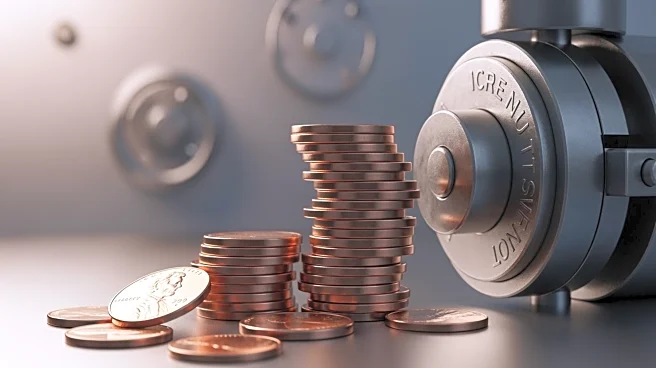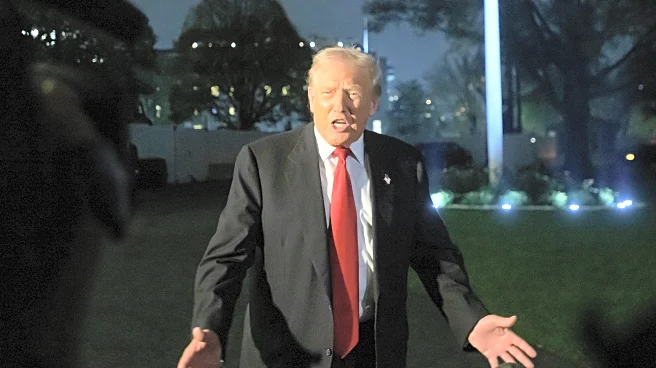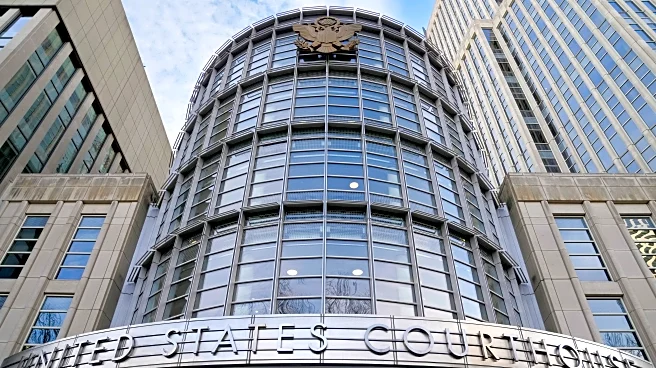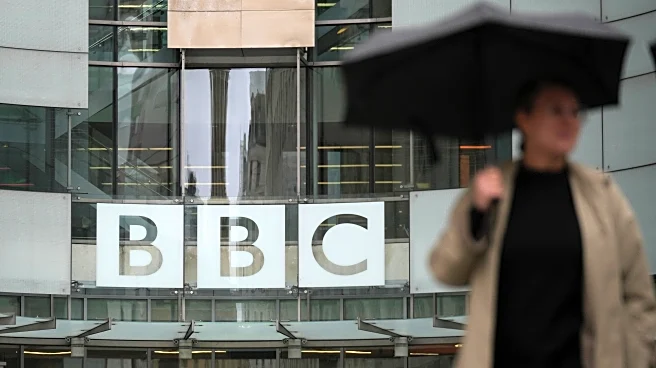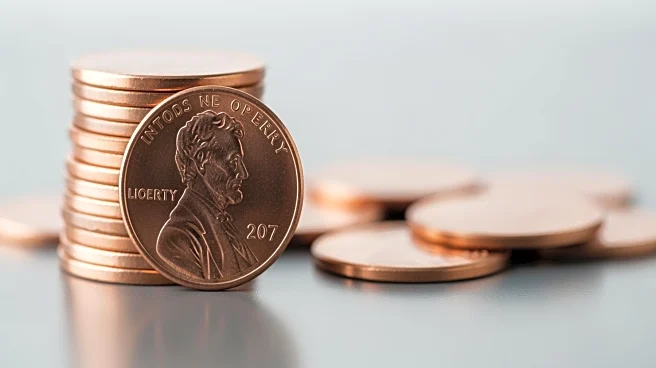What's Happening?
President Trump has directed the U.S. Mint to stop producing pennies, citing the high cost of production compared to the coin's face value. The decision has led to penny shortages across the country, causing
difficulties for retailers and businesses that rely on cash transactions. Without a clear implementation plan from the federal government, businesses are struggling to adapt, with some resorting to rounding cash transactions to the nearest nickel. The National Retail Federation has reported that the lack of guidance is creating uncertainty and potential legal challenges for cash-accepting businesses.
Why It's Important?
The phase-out of the penny is significant due to its impact on cash transactions and the broader economy. Retailers and consumers are facing challenges in adjusting to the absence of the one-cent coin, which could lead to changes in pricing strategies and transaction methods. The move highlights the need for comprehensive planning and guidance from the government to ensure a smooth transition. The situation underscores the importance of addressing logistical and legal issues associated with currency changes, which could affect consumer trust and business operations.
What's Next?
Retailers are seeking federal guidance to navigate the penny shortage, with some lobbying for consistent policies similar to those implemented in Canada during its penny phase-out. The Trump administration and Congress may need to address these concerns to prevent disruptions in cash transactions. Businesses are likely to continue adjusting their strategies, potentially leading to increased use of digital payment methods. The situation may prompt discussions on the future of other low-denomination coins and the overall currency system in the U.S.
Beyond the Headlines
The elimination of the penny raises questions about the future of cash transactions and the role of physical currency in an increasingly digital economy. It also highlights the environmental and economic considerations of coin production, prompting discussions on sustainable practices in currency manufacturing. The move could influence cultural perceptions of currency and its value, as well as the historical significance of the penny in American society.
